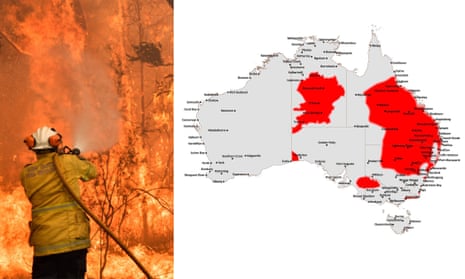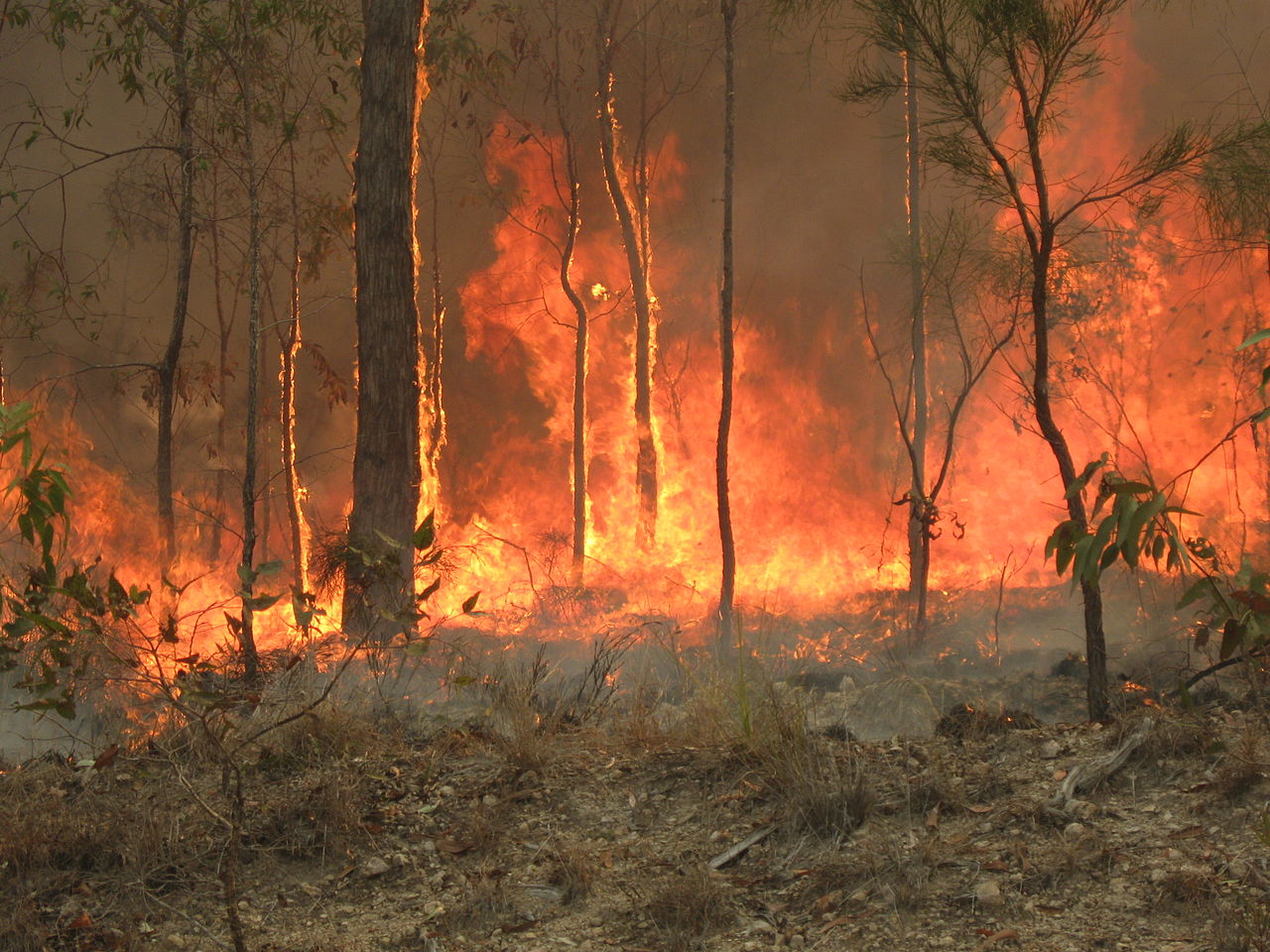Beyond Compliance: Enhancing Home Security with a Thorough BAL Report Evaluation
Beyond Compliance: Enhancing Home Security with a Thorough BAL Report Evaluation
Blog Article
Just How BAL Report Impacts Shrub Fire Protection Procedures
In the world of bush fire security, the Structure Attack Level (BAL) record stands as a critical device that significantly influences the security and durability of residential properties in fire-prone locations - BAL Report. The impact of a BAL evaluation expands much past plain paperwork; it acts as the cornerstone for determining the appropriate building and construction standards and fire defense measures required to alleviate the threats postured by bushfires. As neighborhoods grapple with progressively serious fire periods, recognizing how the BAL report forms these protective procedures comes to be paramount for homeowners, policymakers, and contractors alike
Recognizing the Bushfire Strike Degree

Relevance of BAL Report Analysis

In Addition, the BAL report assessment functions as a foundational step in following legal commitments and demands associated with bushfire security. Neighborhood councils and authorities commonly mandate the submission of a BAL record as component of the planning and structure authorization procedure to ensure that homes are appropriately guarded versus bushfire risks. Falling short to perform an extensive BAL record evaluation can lead to inadequate defense actions, leaving residential properties vulnerable to ravaging bushfire cases.
Construction Criteria Based on BAL
A thorough understanding of the Bushfire Assault Degree (BAL) allows building owners to carry out construction requirements customized to their details risk account. Building and construction standards based upon BAL are vital in minimizing the influence of bushfires on properties. The BAL score categorizes the potential threat a home deals with throughout a bushfire on a scale from BAL-Low to BAL-FZ (Flame Area) Each BAL degree matches to specific building needs described in the Australian Standard AS3959-2018 Building of Structures in Bushfire-Prone Areas. As an example, homes classified as BAL-Low may just require basic measures such as getting rid of particles and maintaining yards, while those in greater BAL groups require more durable actions like ash displays, fireproof materials, and secured windows. Abiding by these construction requirements not just improves the architectural resilience of the residential or commercial property but additionally enhances the overall security of homeowners throughout a bushfire occasion. As a result, home proprietors need to meticulously consider their BAL rating and follow the matching construction requirements to effectively safeguard their homes and occupants.
Applying Fire Defense Procedures
With the foundation of building requirements based on Bushfire Strike Degree (BAL) in area, the emphasis currently moves in the direction of the sensible execution of fire security procedures to strengthen residential or commercial properties against bushfire dangers. Passive procedures consist of utilizing fire-resistant building products, installing cinder guards on vents, securing voids in wall surfaces and roofing systems, and maintaining a clear room around the residential property free from combustible plant life. By incorporating both passive and active strategies, residential properties can dramatically minimize their vulnerability to bushfire incidents and raise the safety and security of passengers.
Shielding Houses Against Bushfires
Effectively guarding homes against the devastating effects of bushfires needs a positive and thorough technique to fire security steps. Homeowners living in bushfire-prone locations should focus on the application of numerous techniques to boost their building's durability against wildfires. One basic element is developing a defensible space around the home by preserving a right here clear area free of combustible products. This includes consistently trimming plant life, eliminating dead plants, and guaranteeing a risk-free range between frameworks and trees. Mounting fire-resistant roof products can also considerably lower the risk of cinder assaults and straight flame call. Additionally, sealing spaces and vents to avoid ember intrusion, in addition to including fireproof windows and doors, can aid fortify the home's protection versus bushfires. Buying a reputable water resource, such as a properly maintained sprinkler system or a devoted water storage tank, is critical for providing water during fire emergency situations - BAL Report. By welcoming an aggressive position and incorporating these protective measures, property owners can substantially boost their possibilities of securing their homes against bushfires.
Final Thought
To conclude, the Bushfire Strike Level (BAL) record plays an important role in determining the needed security steps against bushfires. By analyzing the BAL, building criteria can be tailored to mitigate the threats and make sure the safety of homes in fire-prone locations. Implementing fire defense actions based on the BAL record is important in guarding homes from prospective bushfire threats. It is imperative for house owners to focus on BAL assessments and comply with advised building and construction standards to enhance bushfire durability.
In examining bushfire threat to residential or commercial properties, comprehending the Bushfire Strike Level (BAL) is an important part for applying effective protection procedures. On why not find out more the whole, a clear understanding of the Bushfire Strike Degree is essential for implementing sufficient security procedures and minimizing the influence of bushfires on residential or commercial properties.

Report this page